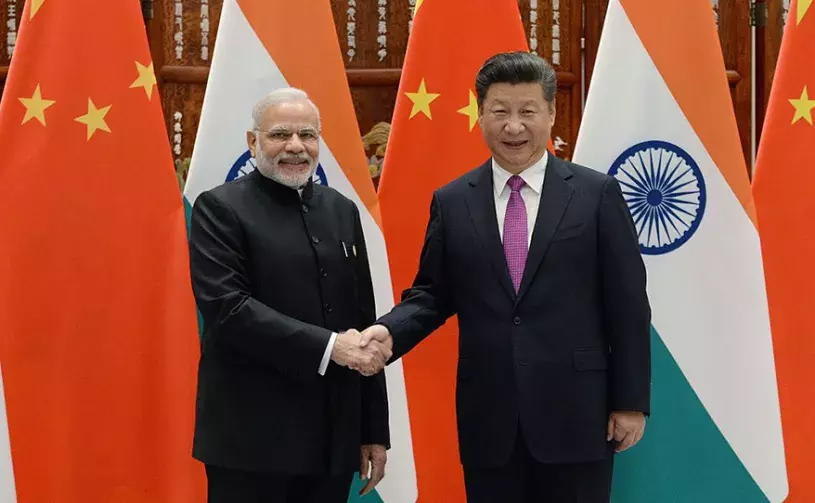China and India are emerging as the two largest export powerhouses in Asia, each with its own unique strategies to drive economic growth and expand international markets. Below is a comparison of China and India’s export strategies and the key factors contributing to their success.
China’s Export Strategy
Investment in Infrastructure
China has made massive investments in infrastructure, from transportation systems to modern industrial zones. This not only enhances production capacity but also reduces transportation costs and increases the competitiveness of export products.
Large-Scale Manufacturing
China is renowned for its large-scale manufacturing capabilities, thanks to its abundant labor force and low production costs. Key industries such as electronics, textiles, and machinery have propelled China to become the world’s leading exporter.
Flexible Trade Policies
The Chinese government has implemented flexible trade policies and export support measures, including tax reductions, financial aid, and incentives for businesses to enter international markets.
Focus on High Technology
Recently, China has shifted its focus to high-tech and innovative products, such as artificial intelligence (AI), the Internet of Things (IoT), and 5G technology. This shift helps increase the value-added of export products and expand market reach.
India’s Export Strategy
Development of the Services Industry
India has leveraged its strengths in the information technology and software services sectors. Companies like TCS, Infosys, and Wipro have made India a global leader in IT services and business process outsourcing (BPO).
Enhancing Agricultural Product Quality
Agriculture is one of India’s key export sectors, with products such as rice, tea, and spices. The Indian government has invested in agricultural technology and farmer support programs to improve quality and increase output.
Boosting Industrial Production
India is promoting industrial production through initiatives like “Make in India,” aimed at attracting foreign investment and developing key industries such as automotive, textiles, and electronics.
Open Trade Policies
The Indian government has implemented open trade policies and signed numerous free trade agreements to expand export markets. This allows Indian businesses easier access to international markets and enhances economic cooperation.
Comparison and Conclusion
China and India each have unique and effective export strategies tailored to their economic conditions and development potential. While China focuses on large-scale manufacturing and high technology, India emphasizes developing the services industry and improving agricultural product quality.
Both countries are implementing open trade policies and making significant investments in infrastructure and technology to enhance their competitiveness. The success of China and India in the export sector not only drives economic growth but also strengthens their positions on the global trade map.
In the future, monitoring and learning from the export strategies of these two powerhouses will provide valuable lessons for other countries and businesses, contributing to sustainable development and global economic growth. Understanding these trends and focusing on key industries can help businesses tap into new revenue streams and enhance their competitive edge in the global marketplace.
Southeast Asia’s commitment to innovation and sustainability positions it as a leader in multiple sectors, driving forward its export potential in 2024 and beyond.

 English
English Tiếng Việt
Tiếng Việt العربية
العربية हिन्दी
हिन्दी Español
Español